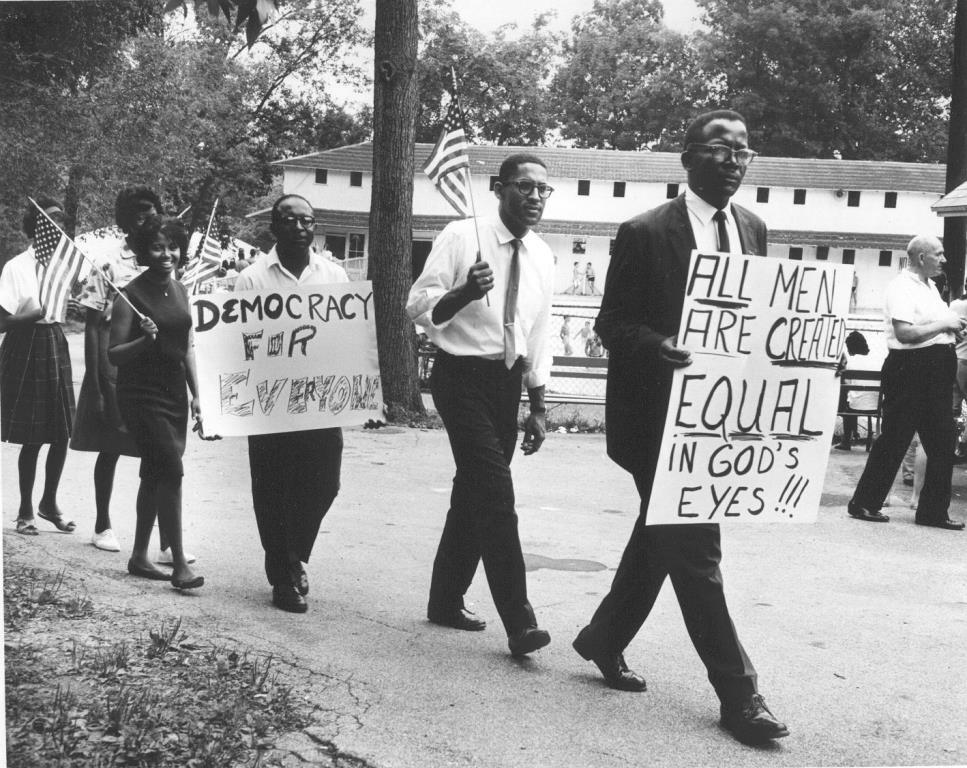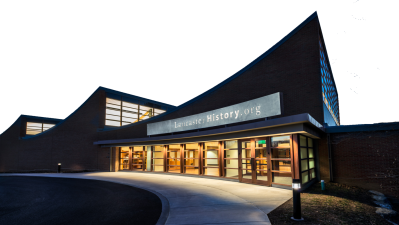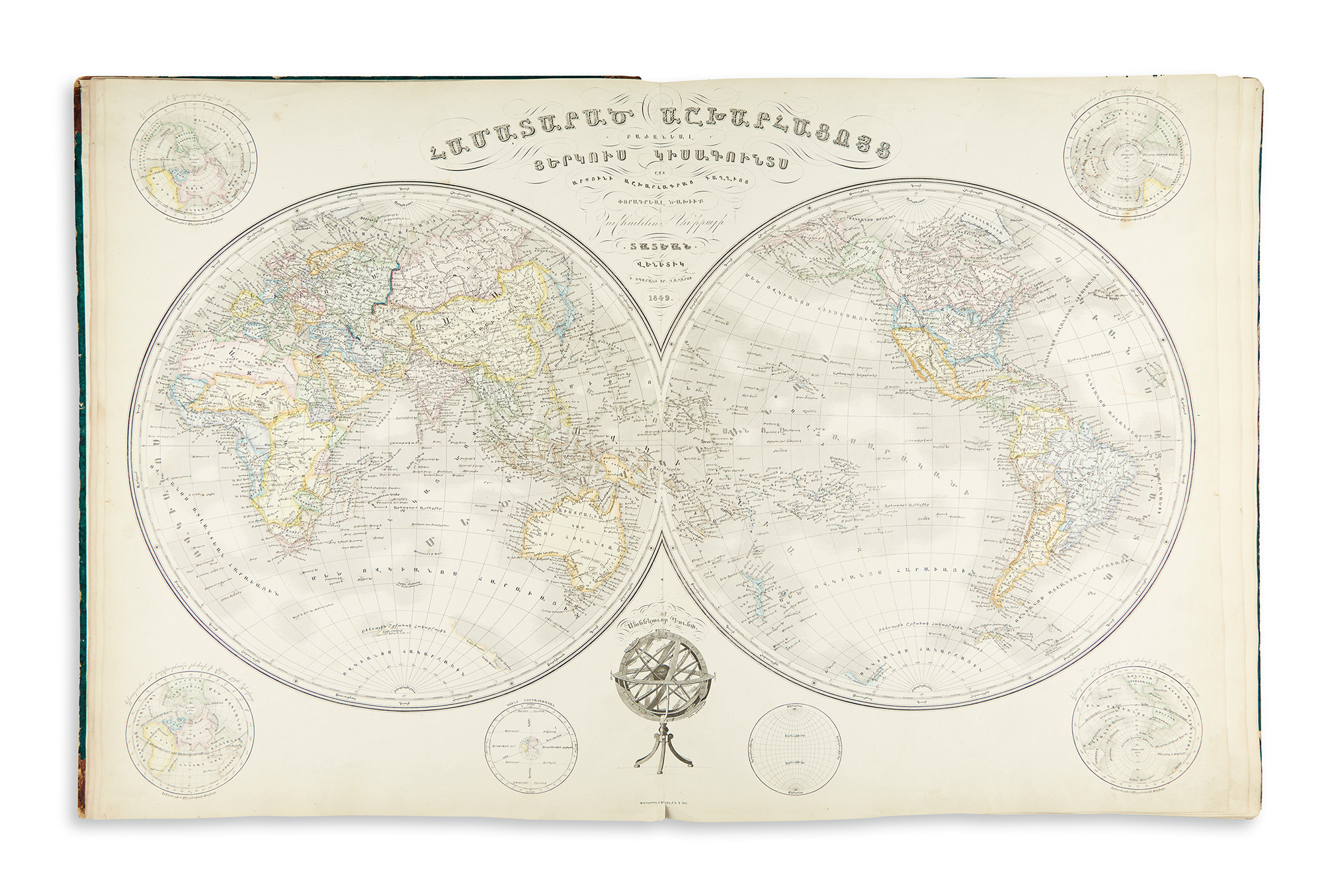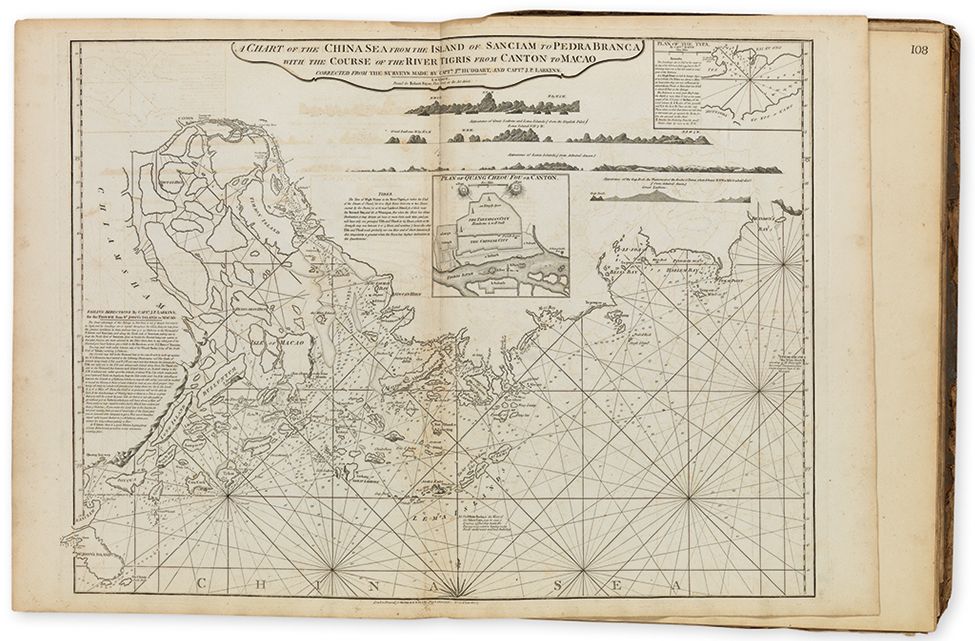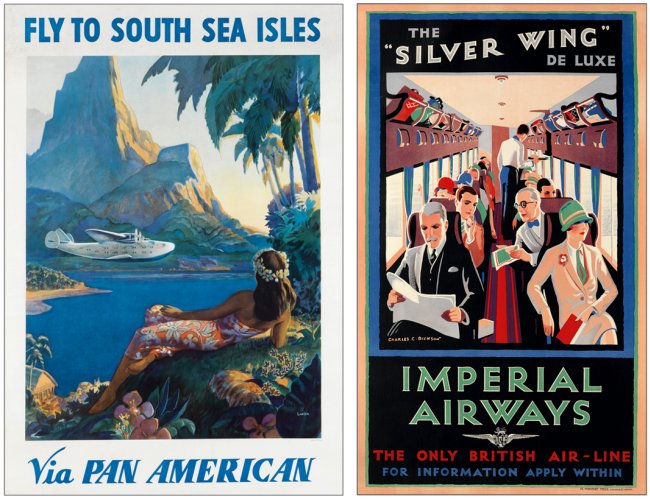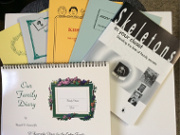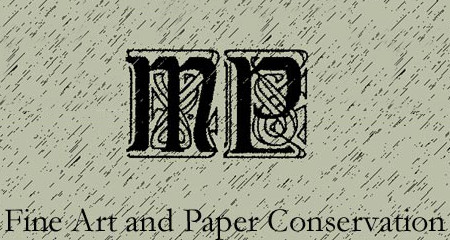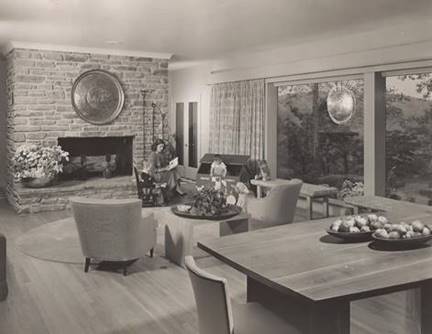Google Search
From the Whitcraft Scrapbook: Baby Pictures! December 25, 1952
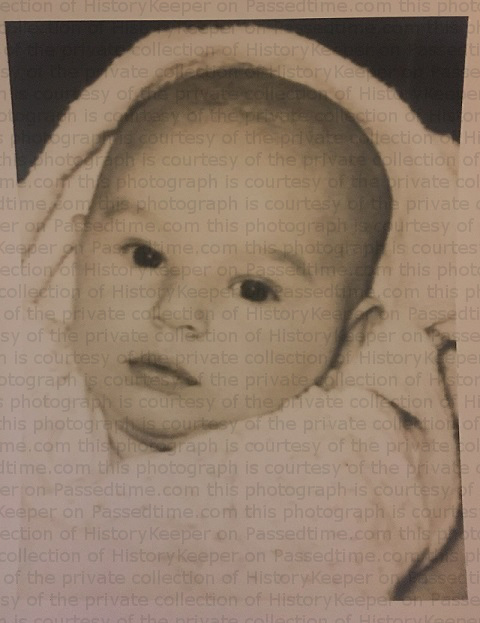 Sometimes a choice has to be made whether to reveal information found in primary sources. I often rely on Skeletons in your Closet by Russ and Corinne Earnest as a guide as to how to expose or discuss certain matters.* To quote the authors, "The job of historians is straight forward. They research and record events. But the family historian must deal with misdeeds of people they love. These personal embarrassments and personal tragedies make the family historian's job especially difficult."
Sometimes a choice has to be made whether to reveal information found in primary sources. I often rely on Skeletons in your Closet by Russ and Corinne Earnest as a guide as to how to expose or discuss certain matters.* To quote the authors, "The job of historians is straight forward. They research and record events. But the family historian must deal with misdeeds of people they love. These personal embarrassments and personal tragedies make the family historian's job especially difficult."
These photographs and a letter were found tucked in the Whitcraft scrapbook. Although no embarrassment is associated with them, they do present a minor dilemma. Clearly the photographs are innocuous. In sweet scenarios, a young baby shown alone or with those important to him. The letter is also inoffensive and quite heartbreaking. A grandfather pines for his great-grandchildren, while lamenting poor health. In this case, the difficulty is not with the artifacts. 
Upon researching the subjects of the pictures, a minor problem surfaced. From information found on Geni.com (now MyHeritage.com), it is apparent descendants of the scrapbook's original fabricators value their privacy. As the scrapbook was started in the late 1800's, the letter and accompanying pictures were tucked in at a later date. Yet, they are a part of the Whitcraft scrapbook's history. What to do?
Noyes Palmer Denison: The Widower's Lament, Harlem July 13, 1847
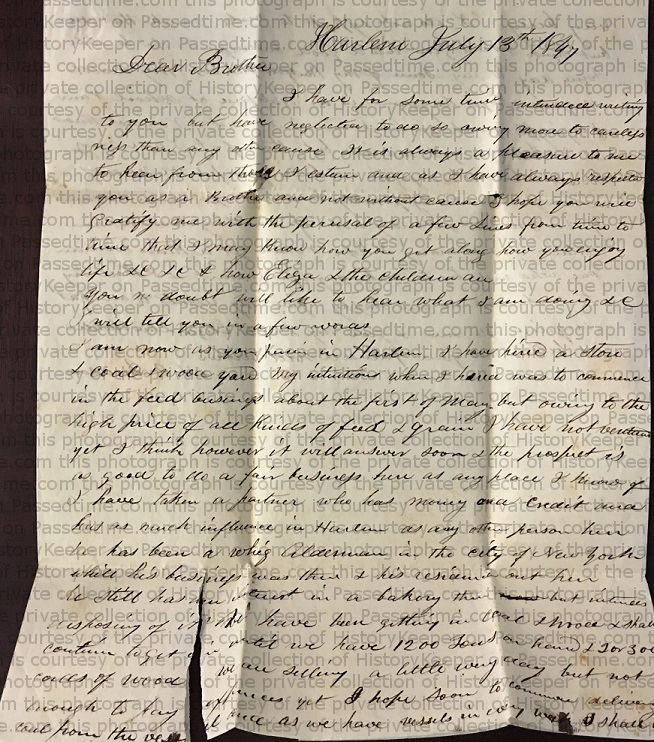
According to the Genealogical and Biographical Record of New London County , Connecticut, Noyes P. Denison (1804-1875) was a grain and provision merchant, which is substantiated by the content of this letter addressed to James Noble.1 Denison and Noble were brothers-in-law. Noble married Eliza Ann Smith and Denison married Harriet L. Smith (1810-1846).2
The letter was drafted on July 13, 1847 when Denison was in Harlem. He went to Harlem to "commence in the feed business about the first of May." At the time of this letter, he had not yet been successful as the price of feed and grain was high. Nevertheless, his hopes of success had not been dashed as he felt "the prospect is as good to do a fair business here as any place I know of."
Denison: Mary Denison vs. the United States of Columbia
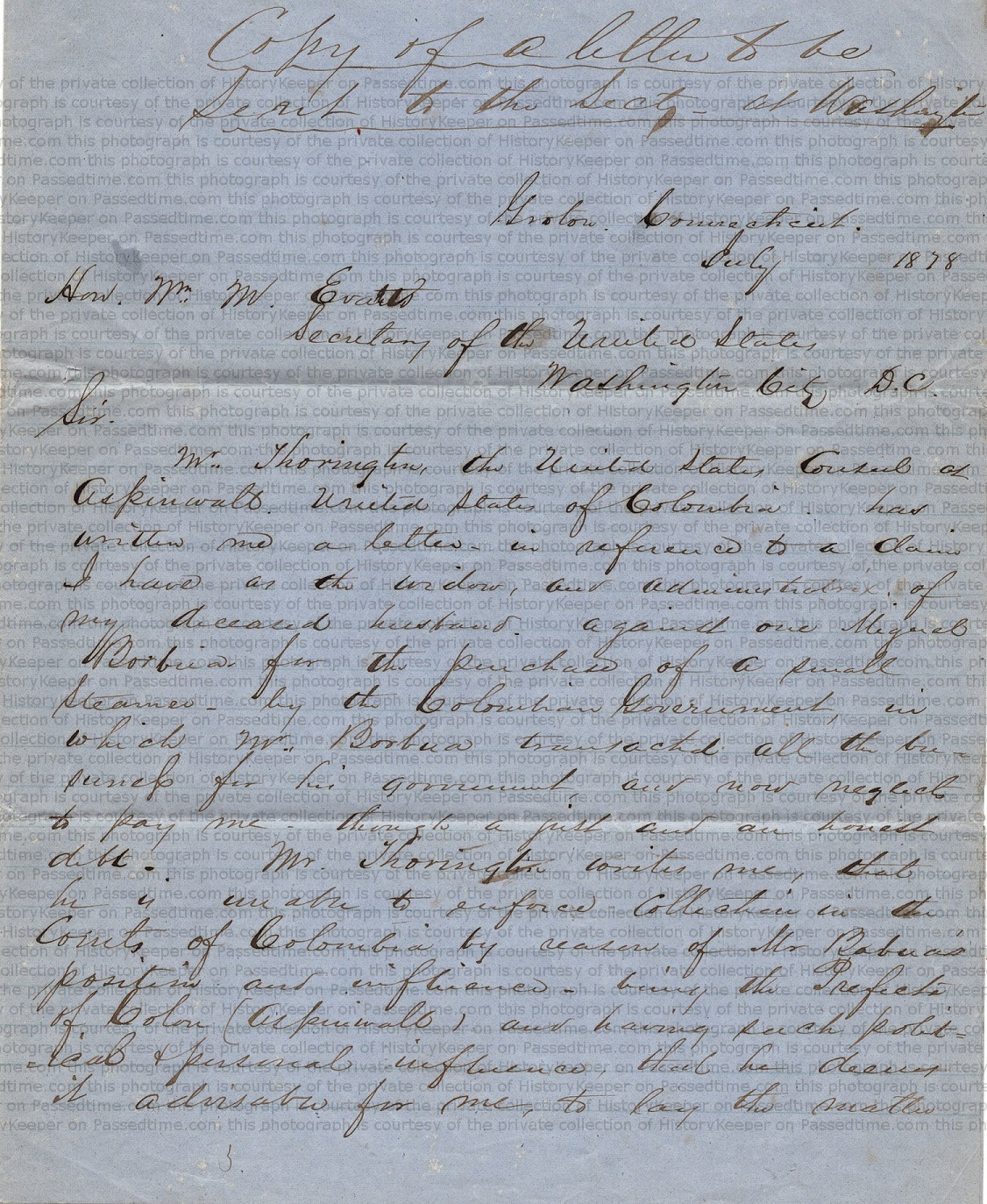
In 1876, after Noyes Raymond Denison's death in Groton, Connecticut, widow Mary Denison tied up loose ends which included business transactions. A letter dated July 1, 1878 found within the Denison scrapbook illustrates Mary's resolve to complete business even in the face of her husband's death. Acting as the administrator of her Noyes' estate, Mary Denison doggedly pursued the far away Columbian government for payment due on a "small steamer." As this is the only letter within the scrapbook referring to this exchange, all information and supposition about the case are derived solely from its content.
Denison Ledger/Scrapbook: Entries for June 1894

I researched the business entries made in the 122-year-old Denison scrapbook in the hopes this excercise shed light upon the ledger's original owner. As explained in A Fine Boy: Announcement to Mary Denison, the scrapbook began as a ledger which became a stamp collection, ledger, and scrapbook combination. The original owner is in question as the scrapbook holds various letters and invoices belonging to members of the Denison and Miner families of Groton, Connecticut.
As it turns out, research of the companies in the ledger did not aid in my quest for ownership. Of course, the Denison or Miner family members might be able to figure out the record keeper's identity, for a common theme was unveiled. Most of the companies represented were related to the colorant, paint, and related industries. Even though the research did not identify the original owner, I did not want the information to go to waste, so here is a compendium of the companies. I've included birth and death dates of owners and partners only if they could be readily found.
June 1934: Sallie Olis Larkham Matthews
 This is embarrassing. I had an blog ready to go about Addie Jones Dow's obituary as found in the Whitcraft Scrapbook. In research done over a month ago in preparation for the piece, I found Dow's death date. Or so I thought. I wrote June 7, 1897 down in my planner and did not give it another thought until this past Friday.
This is embarrassing. I had an blog ready to go about Addie Jones Dow's obituary as found in the Whitcraft Scrapbook. In research done over a month ago in preparation for the piece, I found Dow's death date. Or so I thought. I wrote June 7, 1897 down in my planner and did not give it another thought until this past Friday.
Whoops! As I did more research it became apparent that Dow did not die on June 7, 1897, but she died in May of that year.* It was my fault for not digging more deeply at the get-go, but the mistake meant no early June piece for Passed Time. I could have run the Jones piece late, but prefer doing histories through our ancestors eyes. Kind of a "On this date in ....," but for us common folk. Then I remembered this little beauty, a home-made souvenir book from Hot Springs, Arkansas.
This is another one of those re-purposed books, much like the Denison Ledger. It began with ruled paper, in which someone glued parts of articles, souvenir books, and postcards about Hot Springs, Arkansas and other locations. About halfway through someone pasted in a couple of sheets of unruled paper from Portales, New Mexico. These pages also have postcards stuck to them and the entire notebook serves as a homemade travel souvenir.
Due to the paste, I cannot unstick the postcards from the pages without causing severe damage, but one page reveals the address sides of two postcards. Both were sent to Sallie Olis Larkham in Blackwell, Oklahoma. One was sent in June of 1934 and another was sent in 1936 (possibly also June but the month is illegible). The two postcards addressed to Larkham (later Matthews) were stuck onto the additional Portales, New Mexico paper. I suspect she received the book at a later date and in keeping with the spirit of the artifact, kept its purpose intact.
A Fine Boy: Announcement to Mary Denison May 25 circa 1907
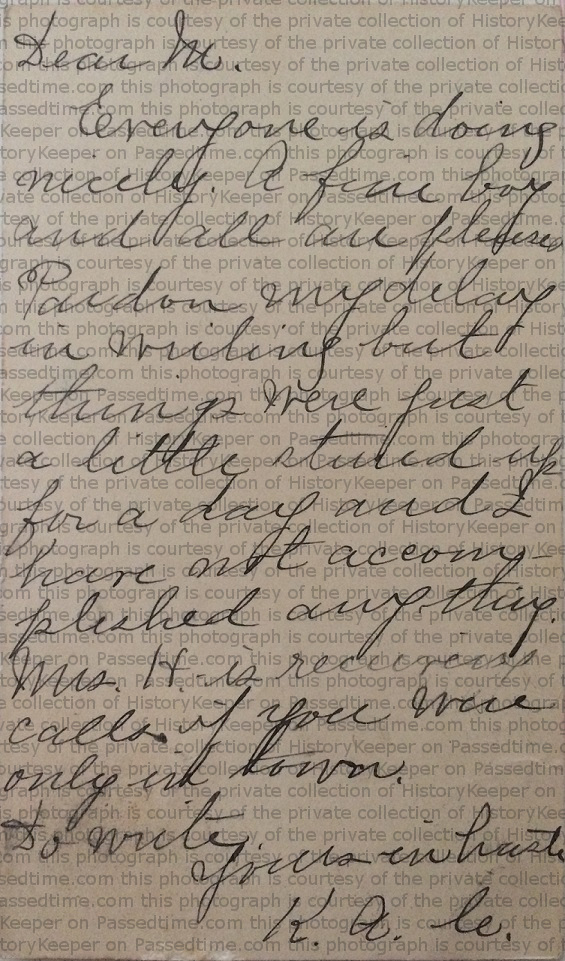
This postcard is taped in a ledger which was re-purposed into a stamp collection and scrapbook. The ephemera found within was most likely saved due to the affixed stamps, so the ledger became a hybrid of ledger/stamp collection/scrapbook. As many of the letters and documents were addressed to John Woodword Miner, his daughter Mary Augusta Denison, or her husband Noyes Ramond Denison, one of the three was probably the stamp collector.
Kicking Off Women's History Month: Whitcraft Scrapbook: Sarah Miles Hanna Died April 9, 1907
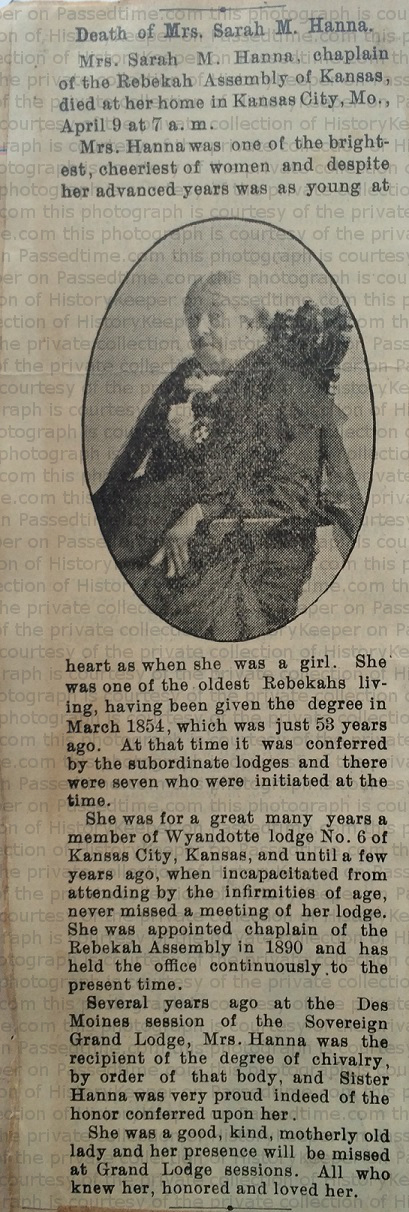
Simply put, the goal of the Indedpendent Order of Odd Fellows (I.O.O.F.) is to "improve and elevate the character of man."1 Its origins began when ordinary citizens in seventeenth century England joined forces and resources to aid persons in need. In America, Washington Lodge No. 1 in Baltimore, Maryland, received its charter from Manchester Unity of Odd Fellows in England on April 26, 1819.2 The members of the fraternal organization were employed to "Visit the sick, relieve the distress, bury the dead and educate the orphans" as Baltimore was suffering from an outbreak of yellow fever.3
I.O.O.F. was the first national fraternity which to include both men and women when it adopted the Rebekah Degree in 1851. This degree was written by the Honorable Schuyler Colfax (1823-1885), who is perhaps better remembered for having served as the Vice President of the United States from 1869-1873. The Odd Fellows and Rebekahs continue their work today with nearly 10,000 lodges in approximately 26 countries.
Sarah Miles Hanna (1825-April 9, 1907) became a Rebekah in 1854, three years after the Rebekah Degree was initiated. By the time of her death in 1907, she was one of the oldest Rebekahs. Hanna's pedigree was substantial. Her father, Solomon Stoddard Miles, was president of the Presbyterian College in Zanesville, Ohio. She was a cousin of General Nelson A. Miles (1839-1925), a somewhat controversial figure for his eagerness to accept accolades, but unwillingness to accept blame, during the Plains Indian Wars (1854-90).
Whitcraft Scrapbook: John Hayes Whitcraft Obituary March 22, 1950

George Eli Whitcraft's younger brother, John Hayes Whitcraft (1877-1950), predeceased G.E. As the obituary indicates, John Hayes Whitcraft enlisted in the Spanish-American War (April-August 1898).* He served with Kansas infantry, Regiment 22, Company D, as shown here. In my earlier article regarding M.R. Cornelius, I was unclear as to what the Cornelius family meant to the Whitcraft family. This obituary clarifies that point as sister Addie married into the Cornelius family.**
*I would credit the newspaper from which this obituary came, but do not know the newspaper.
**As promised, I am uploading photos of the scrapbook. Please see the posts in the "latest blog" column. Right column on the Passed Time home page..3/4 of the way down or so.
Whitcraft Scrapbook: M. R. Cornelius Promotion March 18, 1940

The Whitcraft family scrapbook spans six decades and newspaper clippings dominate its content. The material which makes up its early years (circa 1892) consists primarily of excerpts from the local newspapers. The early content contains songs, poems, and literature which later gives way to obituaries, historical commentaries, and family reunions. All are pasted to the pages of an old ledger. The location of many of the articles found within center around Holton, Kansas, but a part of the Whitcraft family resided in Atoka, Oklahoma.
The pages of the scrapbook are large and fragile (late 1800's and 1900's newspapers tend to become increasingly brittle with age). In terms of logistics it will be easier to show small portions of the scrapbook. The Cornelius promotion pictured left, or the Ambrose Bierce "hoax" discussed in an earlier article, are examples. In all honesty, although pages of poems provide insight into the scrabook creator's interests, they would also prove somewhat redundant for our readers. (Poetry lovers fear not, I will try to include the poems that are not under copyright in the blog section of Passed Time).
Either George Eli Whitcraft (June 28, 1872-July 13, 1954) or his wife may have been the original creators of the scrapbook.* The scrapbook was continued after both Mary Catherine and George Eli Whitcraft's deaths for their obituaries are also in the scrapbook. The earliest date written in the scrapbook, 1892, suggests the project began with one of the parents even if a Whitcraft child continued it after their father's death.




